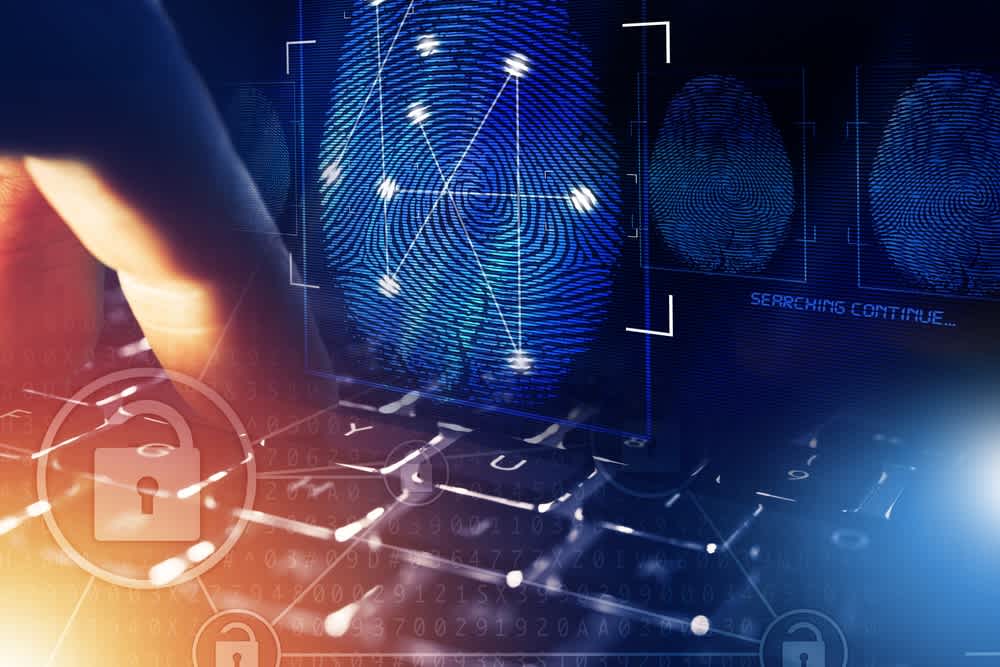1. Introduction
Data carving is a fascinating area of expertise in the field of digital forensics and data recovery. It refers to the process of extracting data from raw disk fragments when traditional data recovery and file recovery methods fail. This article aims to give you a comprehensive overview of data carving technologies, from their fundamental principles to their practical applications and beyond.
2. What is Data Carving?
Data carving is a technique used to recover files based on file data structure, content, or a unique sequence of data rather than relying on file system metadata. It is especially useful when dealing with corrupted or formatted disks where the metadata is either missing or unreliable. Data carving can retrieve images, documents, and other types of files that otherwise might be considered lost.
3. Why is Data Carving Important?
The significance of data carving goes beyond mere file recovery. It plays a crucial role in various fields such as cybercrime investigations, disaster recovery, and academic research. For instance, in legal cases, data carving can be used to unearth evidence that has been deliberately deleted or obscured. Thus, it adds a layer of accountability and verification in digital forensics.
4. Types of Data Carving Methods
There are primarily two types of data carving methods: header-footer carving and content carving. Header-footer carving looks for specific starting and ending signatures of files, while content carving examines the content for patterns to identify files. Advanced methods combine these techniques and employ statistical analysis for more accurate results. For example, DataNumen Outlook Repair utilizes the advanced methods to get the best recovery result from a corrupt Outlook PST file.
5. Tools and Software
Numerous tools are available for data carving, ranging from open-source utilities to sophisticated commercial solutions. Some of the popular ones include Foremost, Scalpel, and PhotoRec. These tools differ in their speed, accuracy, and ease of use, offering options for both novice users and experts.
6. Challenges in Data Carving
Data carving is not without its challenges. Fragmented files, encrypted data, and false positives are common issues that professionals must navigate. Advanced algorithms and machine learning are being developed to mitigate these challenges, but the field is continually evolving to keep pace with complex storage technologies.
7. Future Prospects
The future of data carving looks promising with the advent of machine learning and AI. These technologies aim to automate the data carving process, thereby increasing efficiency and accuracy. For example, DataNumen SQL Recovery utilizes AI technologies a lot, obtaining the highest recovery rate in the market. Moreover, as storage devices continue to evolve, new forms of data carving technologies will emerge to tackle the complexities associated with them.
8. Conclusion
Data carving is an indispensable tool in the world of data recovery and digital forensics. Its ability to retrieve ‘lost’ files from a sea of raw data makes it invaluable in a variety of applications. With continual advancements in technology, data carving is poised to become more efficient and precise, shaping the future of digital data recovery and forensic investigation.
9. Additional Resources
For those interested in diving deeper into this subject, numerous online courses, books, and community forums are available. The field is ever-changing, so staying updated is essential for anyone looking to become an expert or merely understand the basics better.
Author Introduction:
Vera Chen is a data recovery expert in DataNumen, Inc., which is the world leader in data recovery technologies. For more information visit www.datanumen.com

